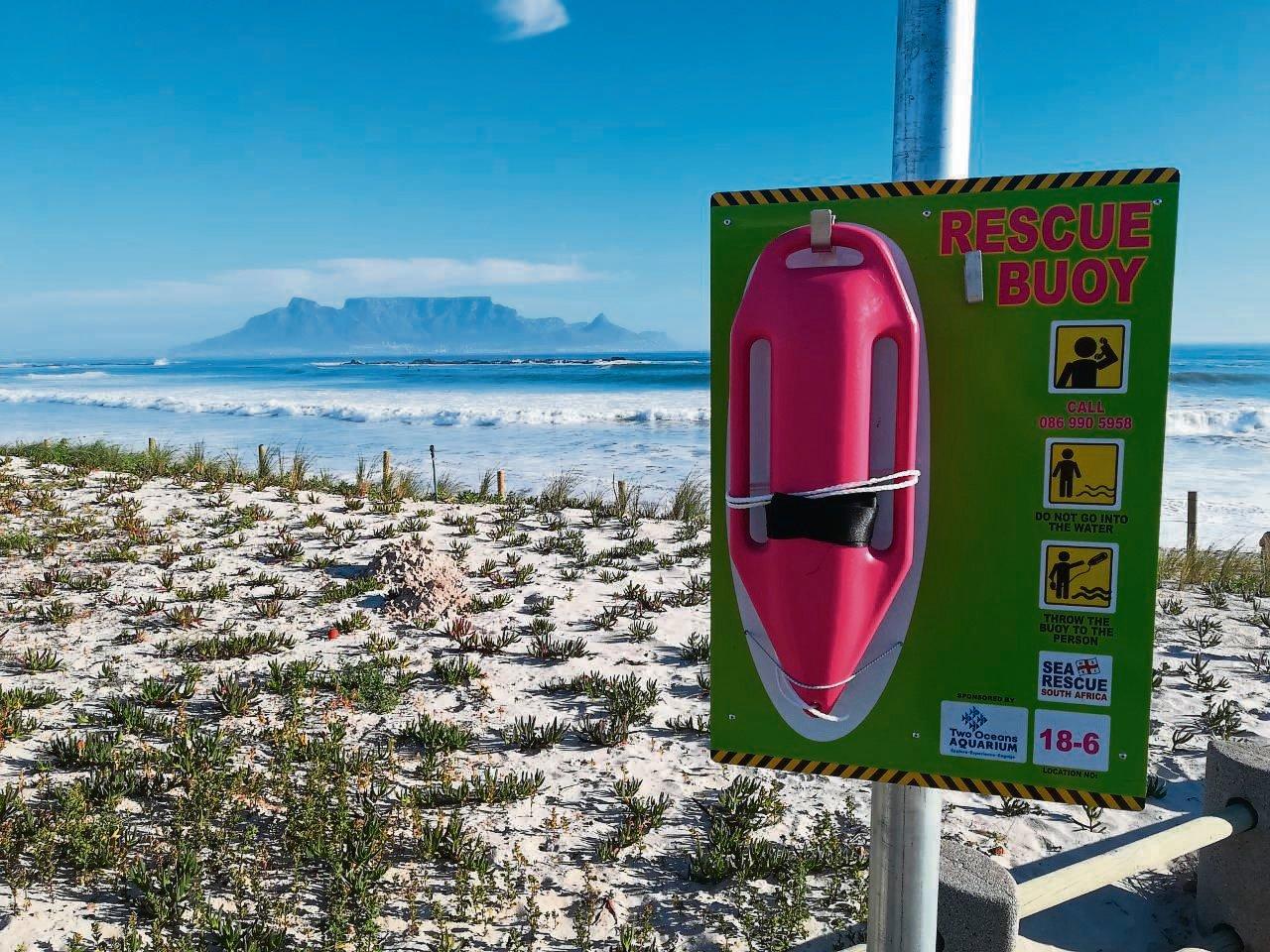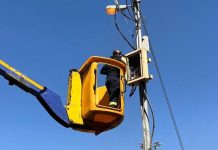Africa-Press – South-Africa. Removing a Pink Buoy from a pole for any reason other than a rescue may cost somebody their life.” So says Andrew Ingram, the National Sea Rescue Institute’s (NSRI) Drowning Prevention manager.
Ingram says the Pink Rescue Buoys stationed along the Sea Point Promenade and Rocklands Beach have been repeatedly removed from their posts over the past month and not returned.
The Pink Buoy is a floating device that can be used as an emergency floatation to assist someone experiencing difficulty in the water.
The initiative has been one of the NSRI’s ground-breaking innovations.
And since its inception in 2017, it has saved about 144 lives.
Ingram says water safety is a universal responsibility and with the high drowning rate in South African waters, the theft of these Buoys is “deeply concerning”.
“The Pink Rescue Buoys in these areas have been removed from their poles and some have been found floating in the ocean. These public rescue devices are strategically placed and are to be used strictly to save lives.”
A retrospective epidemiological study by the NSRI, entitled “A South African Epidemiological Study of Fatal drownings: 2016- 2021”, provides an overview of fatal drownings in South Africa between 2016 and 2021.
The study has found that the average number of fatal drowning incidents in South Africa during this period was 1 477 per year.
South Africa is globally listed in the top 45 countries with a drowning rate of 4,06 per 100 000 population.
The study also found that in 2021, 1 526 fatal drownings were reported, the highest annual drowning incidence that occurred in the six-year period of reporting.
Ingram says the Pink Rescue Buoys are emergency floatation devices that can be used to assist both rescuer and victim during a potential drowning incident.
“This bright pink float can be used by strong swimmers to help someone during a rescue, or it can be thrown to a person in danger of drowning, while someone else calls for help.”
Sea Point resident Debbie Gresak says her son Michael lost his life during a drowning incident at Clifton 4th beach in 2012.
“When my son drowned on 17 October 2012, I thought to myself, how can I prevent this from happening to other people? Then I heard about the Pink Buoy, and I thought this could save lives.”
The mother explains that she donated two Pink Buoys in memory of her son.
“They used those Pink Buoys to save two lives. I was very excited about that. Then I believed my son didn’t die in vain, he saved two lives.”
Gresak says she is unhappy that people remove and steal these floating devices.
Ingram explains that each Pink Rescue Buoy is mounted on a sturdy pole with signage showing how they should be used. Theyalso have the NSRI’s emergency number and the Buoy’s unique identification number, which helps rescue services identify the location of the emergency.
He says the ID numbers and NSRI’s contact telephone numbers are also placed on the buoys so they can easily be returned to their posts after usage, or if they are lost or stolen.
“We are appealing to those who might know or see those who are removing the Pink Buoy from their poles to stop and return them urgently.
“Should anyone spot someone please let us know immediately,” concludes Ingram.
For More News And Analysis About South-Africa Follow Africa-Press






